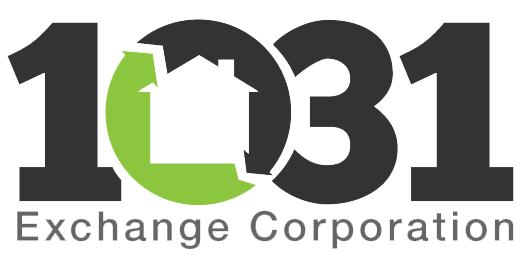There are times when an exchanger cannot arrange to sell the relinquished property before the purchase of replacement property. When the exchanger must buy the replacement property before selling the relinquished property, a reverse exchange is needed.
There are two types of reverse exchanges
Both employ a technique known as “parking”. In 2000, the IRS issued Revenue Procedure 2000-37, which creates a “safe harbor” for reverse exchanges and recognizes the acceptability of the parking procedure. To fit within the safe harbor, a reverse exchange must be completed within the 180 day time period allowed for forward exchanges. However, the IRS acknowledged that a reverse exchange can be structured outside the safe harbor and extend for more than 180 days. The most common reason for using a non-safe harbor exchange is the inability to complete the reverse exchange within 180 days.

A safe harbor reverse exchange is preferable. The safe harbor rules create a road map for these exchanges. If the map is followed, the exchange will not be challenged. With a reverse exchange outside the safe harbor, there is no explicit map. That means more risk, more complexity, and, usually, more expense.
There are two methods for structuring a reverse exchange:
In Method One the replacement property is parked in a special purpose entity created and owned by the intermediary. When the exchanger sells the relinquished property, the property parked by the intermediary is identified as replacement property and the exchange is completed.
In Method Two, the exchanger sells or parks the relinquished property in an entity created by the intermediary and designates replacement property which is acquired by the exchanger. When a buyer is found for the parked property, it is sold and the exchange is completed.
Under Method Two, the actual exchange occurs at the front end of the process, while under Method One, it occurs at the end of the process.
If the exchange is structured outside the safe harbor, it must be structured as an arms length transaction. That means all leases, loans, etc must be set up as arms length transactions with real market based values. Within the safe harbor, there is no arms length transaction requirement. That provides much greater flexibility in structuring the exchange.
One of the complexities of a reverse exchange is obtaining financing for the entity created to purchase and hold property. This entity will usually be a newly formed entity with no assets and no credit history.
The exchanger will have to acquire financing through a third party lender or provide financing to the entity. If a third party lender is involved, the exchanger will usually have to guarantee payment of any loans needed to purchase the property. This financing will usually need to be acquired from a commercial bank familiar with reverse exchanges.
